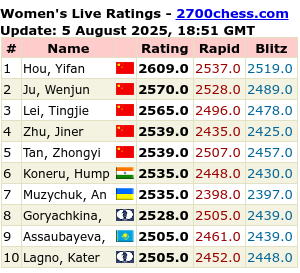My continued practice of tactics, mainly through the use of Chess Tempo, appears to be paying off for me, despite the difficulty of measuring this precisely.
I find that I can calculate better, and that I see more ideas.
However, wanting to be confident that I have the correct solution often means that I spend more time than 'the average', which isn't bad per se ,as it means I am re-examining, re-calculating and probably reinforcing positions and variations that I see : extended practise, so to speak. It does mean that I look at fewer problems/positions per session though.
I notice this is in OTB play as well : thinking too long, I tend to fall into time-trouble towards the end, often being 15 minutes behind my opponent, which naturally increases the risk of mistakes.
Lack of time is not always helped when I forget to stop my clock, since opponents ( especially in League matches ) will rarely remind you. 90 minutes with a 15 second increment sounds like a huge amount of time, but it can be eaten up very quickly.
In a recent game, I was a pawn up, I still had to win it, and it didn't look that simple when you have about 9 minutes to the opponent's 15.
 |
| After 34...Rb3 |
Eventually, after my opponent also burned time thinking, pushed the king-side pawns aggressively and gave me an opening, I ended up in the position below.
 |
| White to play after 48..Kxb7 |
Easy to win, I'm sure you will think, but with about a minute left, and with the Black King in front of the doubled pawns it looks daunting.
In reality, once I had decided on a plan, I just played quickly for 6 or so moves gaining time on the clock, and with a mistaken Kh8 from Black turning up, I could stop and spend some time to make sure of the win, and even more importantly, avoiding the stalemate !
Finally, just to show I can still fail miserably, I spent about 5 minutes staring at the following before making the wrong move. I just didn't consider the White response fully, but it was nice to have the correct idea !
 |
| Black to play |
Solution if required










